Adventuring Alone into the Wilderness

Going out alone is truly something special – it always guarantee the best company. We should all experience it at least once in our lives. It can be quite fulfilling and peaceful because when you venture alone, you are doing only what you choose to do, going where you choose to go, and travelling at your own speed. It can certainly be rewarding when you set a challenge for yourself – such as summiting a peak within a certain time frame or navigating solely by map and compass – and then accomplish it alone. Of course, when you venture alone, you have to like your own company, have the right safety gear with you, and possess the appropriate knowledge-base.
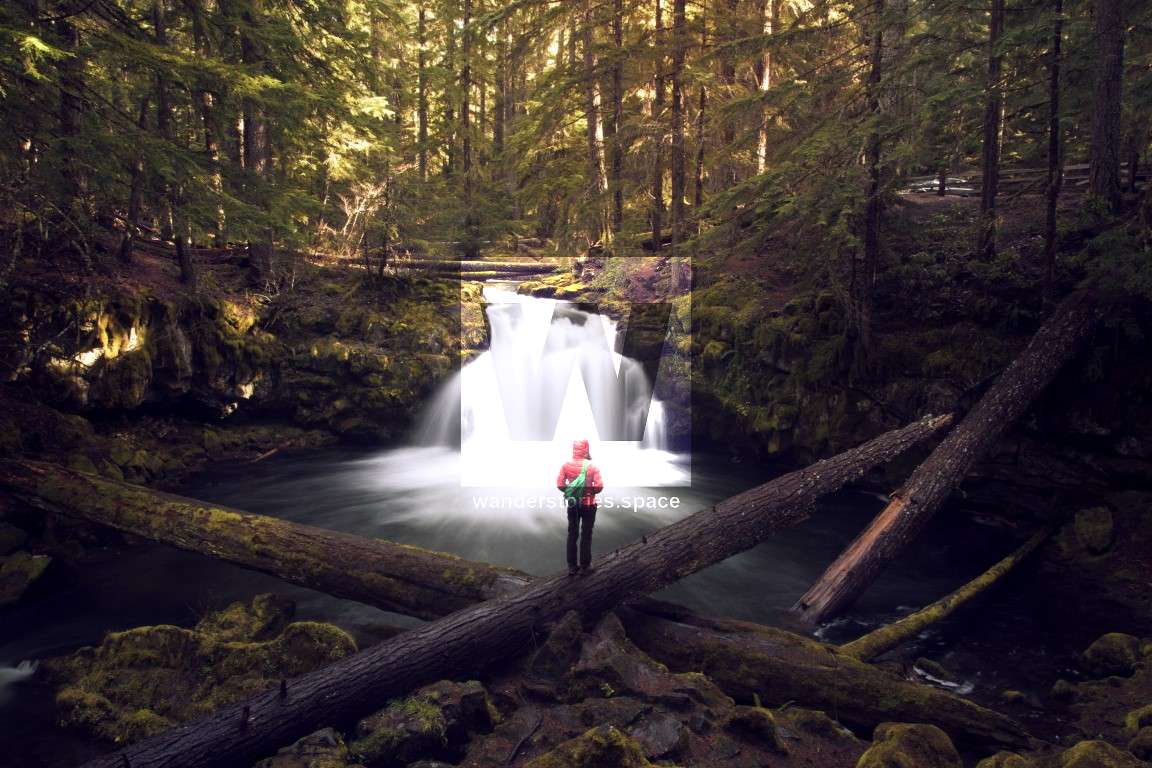
Don't get me wrong. I love adventuring with others, and it is possible to have all of those fantastic feelings when venturing in groups. However, being in the middle of nowhere, alone, without a trace of another human, and without the sounds of the city, that's something else!
You may notice a difference in the wildlife when you stop for a moment. Birds, rather than flying away, may seem intrigued by you. Other animals may pause for a little longer before scurrying away. While alone, you surely have the opportunity to take it all in, hearing only your own breath, seeing only your own footprints.
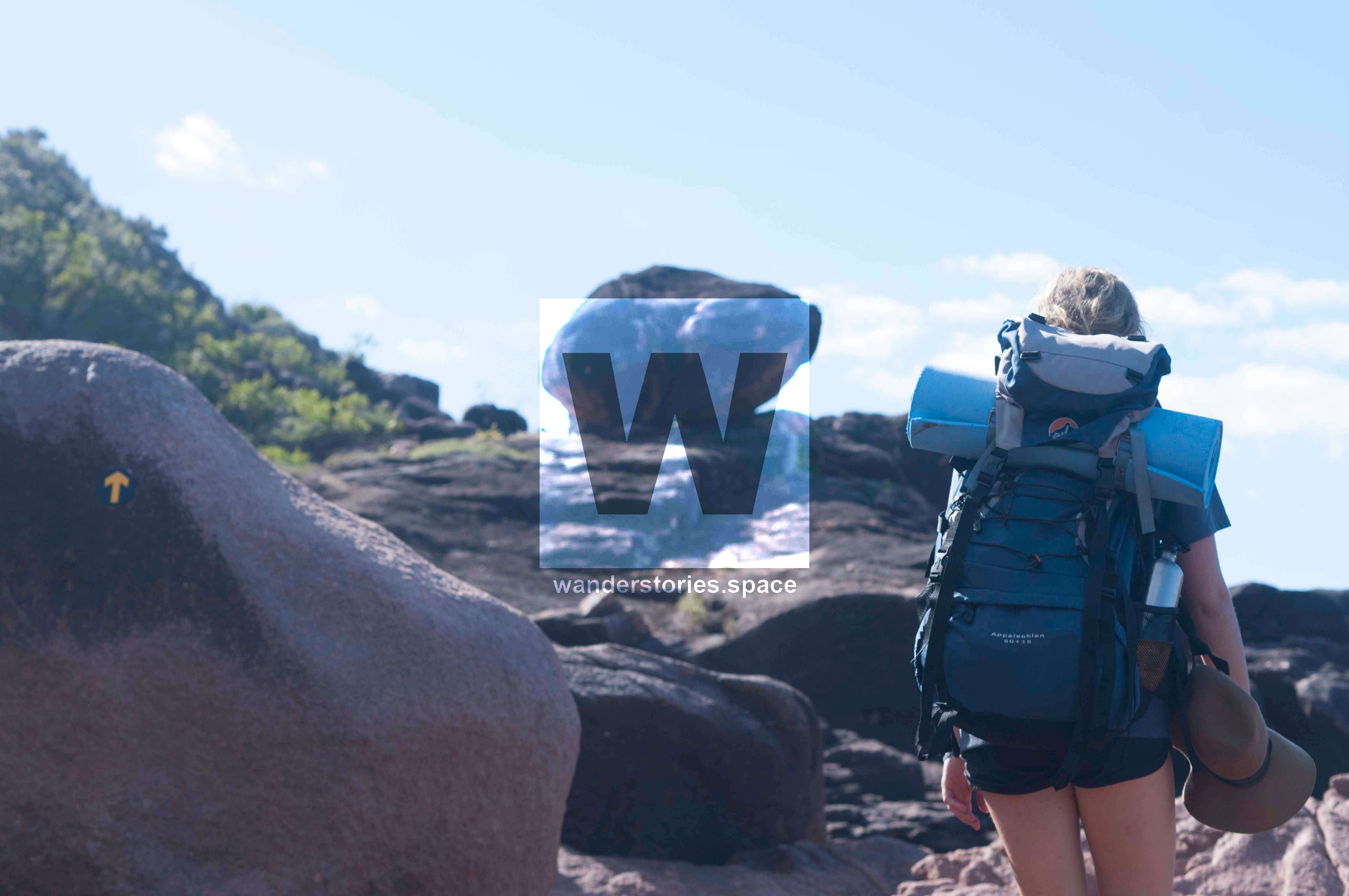
Relying entirely on yourself can be truly remarkable, but not something that many of us get to experience. That being said, if something goes wrong, you only have yourself to blame and only yourself to get you out of trouble. Solo packrafting, canyoning, climbing, or hiking, to name a few examples, can be dangerous, and such activities should be treated with great respect – especially the already high-risk, roped activities. So, if you plan to go out alone, ensure that you are prepared and have the appropriate expertise and know that no one is there to help you if you knock yourself out and drown.
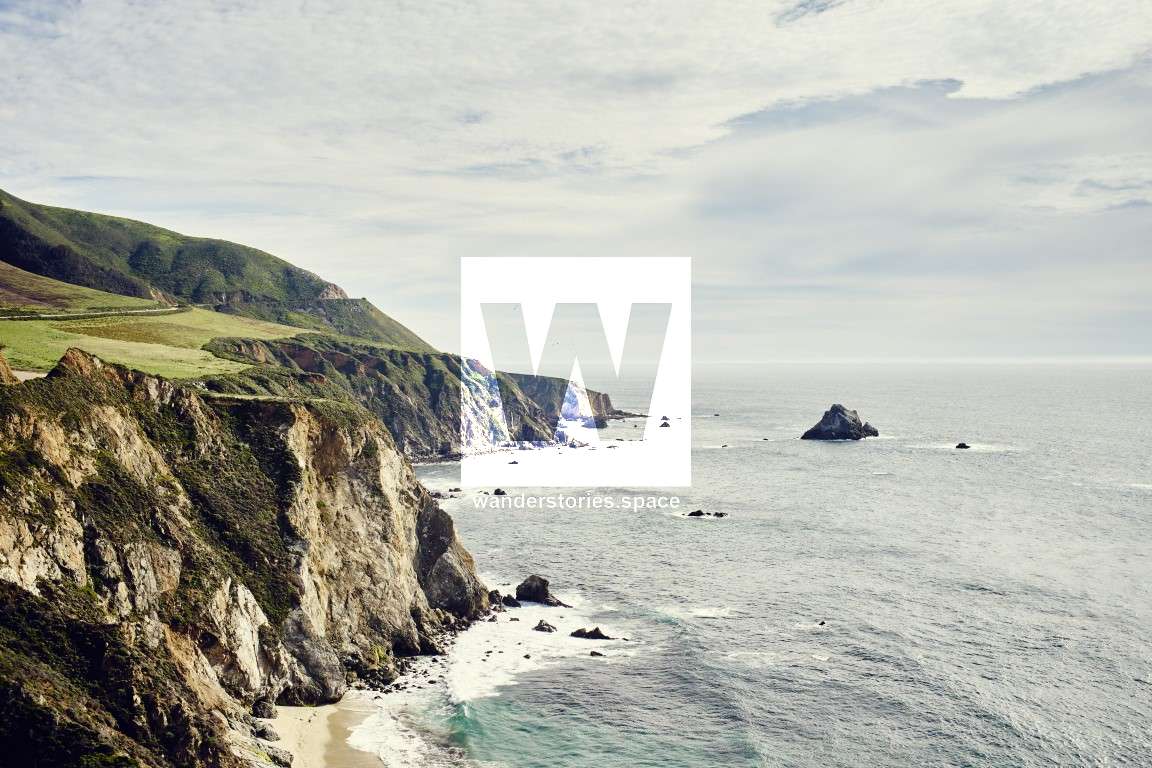
You can learn a lot from other experienced adventurers. I've spent a lot of time with people who are far more experienced in certain areas than I am, and the benefit is that the knowledge can be contagious. Find people who excel in an area you want to improve, befriend them, ask them questions, and learn from them. Knowledge and wisdom are powerful.
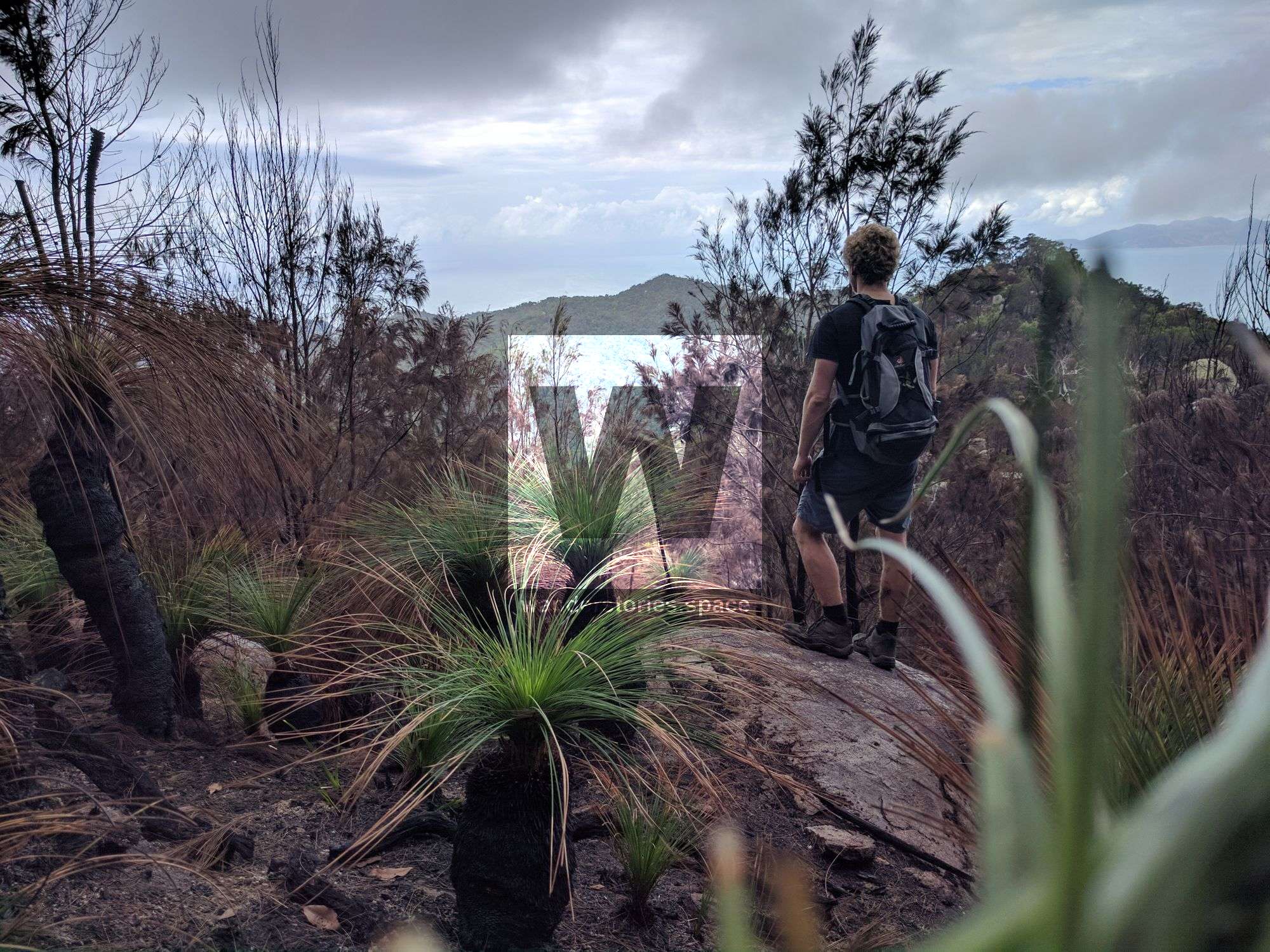
Here are a few tips to get you started:
Start out with shorter, easy trips. Eventually, you may want to increase the difficulty and go remote and off-track. These initial short trips will also let you know whether going solo is for you.
Are you fit enough for the trip? Are you able to do it carrying all your own equipment? Do you need to train for it? Do you have the appropriate experience? These are some of the questions you should ask yourself before considering going into the remote great outdoors alone.
Research is essential. Spending time planning your route can save you a lot of time and trouble. Before you head out, tell your friends and family your plans; listen to their thoughts, what they'd do, and how they'd do it. Modify your plans if necessary.
Submit a trip intention form with the national park or local body and gain the required permits and permissions if required.
Know how to read maps and navigate by yourself. There are many methods of navigation, whether that be GPS, map and compass, stars, or something else. It is probably one of the most important skill sets. No one likes to unknowingly walking in circles, let alone getting lost permanently.
Plan and organise your gear accordingly. There's no sharing the load, so you are the sole one carrying it all. It's a fine balance between packing only essentials and packing everything you may need. Check the weather, and choose your clothing and equipment appropriately. Being prepared and taking these precautions means you'll spend less time worrying about what could go wrong and more time enjoying yourself.
"There's no such thing as bad weather, only unsuitable clothing."
- Alfred Wainwright
It's not just about having the right gear but also the durability and quality of that gear. Spend a little bit more money on that reputable, good-quality gear.

Your first aid kit is useless if you don't know how to use it. For example, knowing how and when to use a compression bandage can save your life. Have the knowledge and confidence to deal with everything, from minor cuts to 127 hours level trauma. Take a first aid, or a refresher, course.
Buy a Personal Locator Beacon. A PLB is a small unit that transmits a distress signal. There's no better way to spend your money, especially if you're planning to adventure solo. Remember to register your PLB and keep your trip report up-to-date.
If there is a logbook, use it; just be sure to sign out when you leave. If you are going somewhere remote, make sure you inform someone that is reliable.
Know when you've bitten off more than you can chew. Knowing when to turn around or set up camp for the night is entirely up to you. This can be because of thicker vegetation than expected, being too ambitious with a lack of time, for lack of light, or just unforeseen weather conditions that set in. Many people have lost their lives by 'not giving up' / not knowing when to turn around.
Read the Guide to the Great Outdoors article for more tips and tricks.
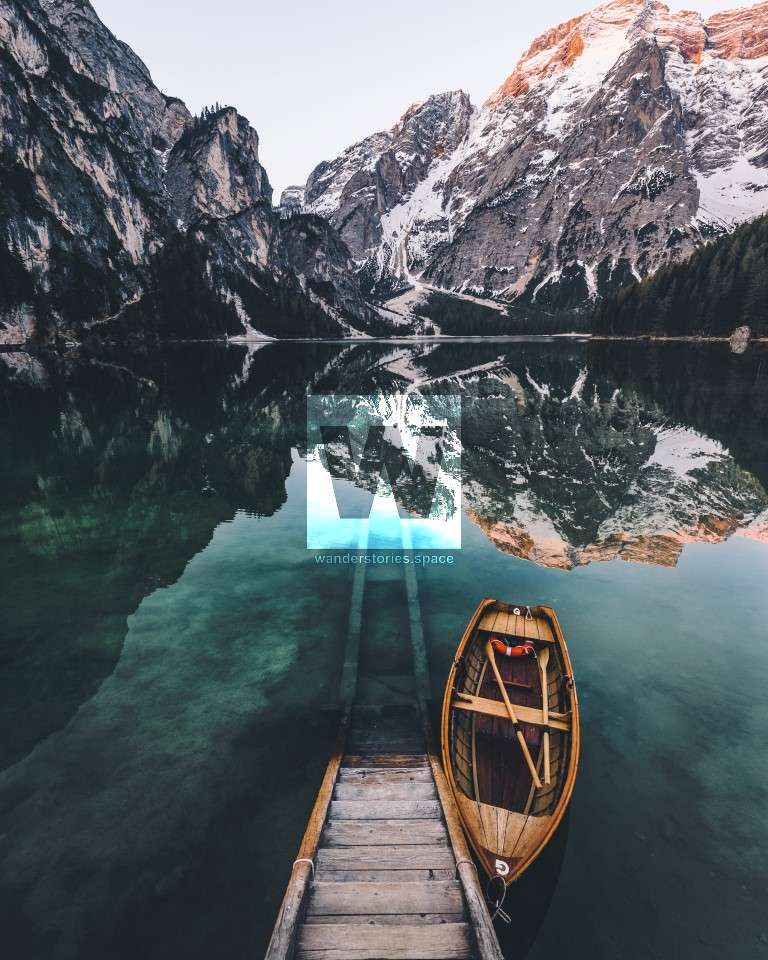
This article may seem a bit pessimistic, but that is not my intention. This article is meant to get you thinking of the possible scenarios and consequences so you can prepare accordingly. Solo trips can be self-developing and educational experiences. You may find a new sense of confidence in yourself, your equipment, and the wild while soloing, and oftentimes, you'll teach yourself new tricks, find new ways to approach problems, and you may even realise that you learn more about yourself while alone in the wild than in any other scenario.
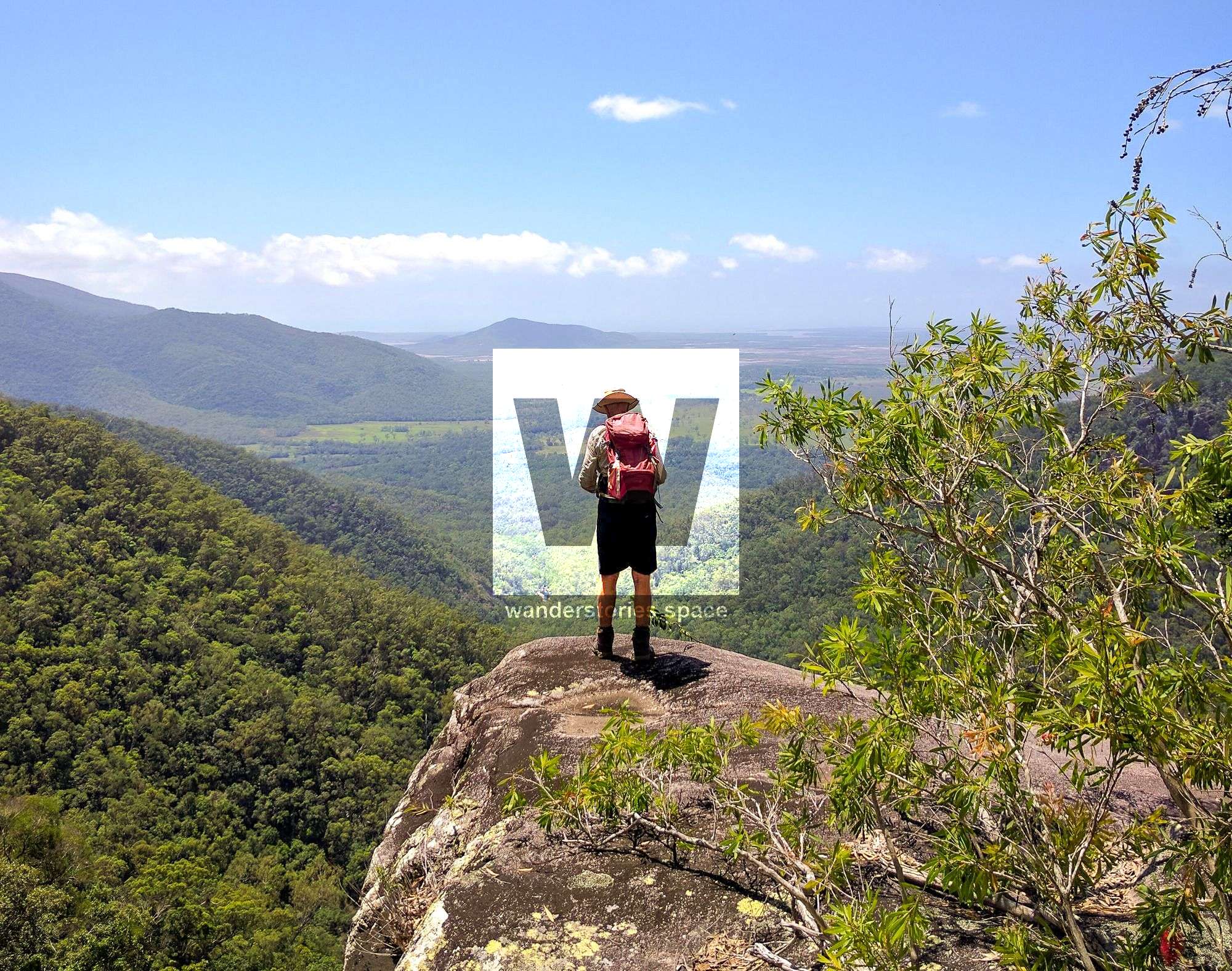
Venturing alone – relying solely on yourself and your own resources – can be incredibly liberating, rewarding, and a deeply satisfying experience. There's no one to slow you down on the trail or walk faster, out of sight. No one grumbles when you want to stop to take a photo. No one blames you when things go wrong or are unpleasant.

When I'm out alone, I find that I am more in tune with my surroundings. I'll notice a lizard watching me, the rustling in the trees, kangaroos hopping along, or even a brumby (wild horse) off in the distance. I'll notice the yabbies in the stream, the sounds of the water trickling, the wind blowing the trees, and the birds chirping. I'll notice the smell of the salty air as I walk along the coast and the sea turtles and whales surfacing just off the shore. Indeed, it can be a very meditative and relaxing experience.

Though it is nice to share outdoorsy experiences and moments with others, there are many benefits to solo adventuring. However you do it – solo or with a group – get outdoors, be safe, and make memories!
Some photos are my own; however, some were also purchased from Adobe Stock.This article, and all other articles, are for entertainment purposes only and are not to be used as a guide. Please see our Disclaimer for more information.

